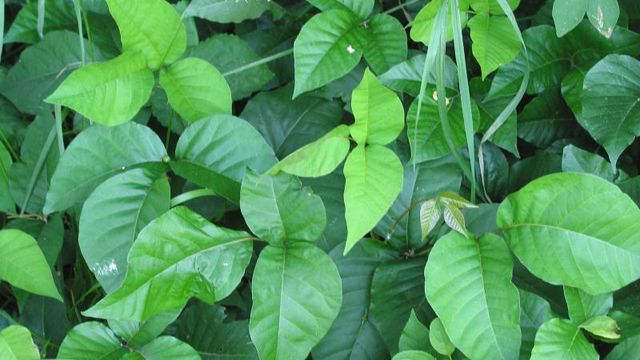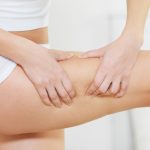The scientific name of poison ivy is Toxicodendron radicans. It is a poisonous flowering plant native to North American and Asian regions. The plant is famous for its itching, irritating and sometimes hurting rash caused when the plant it touched.
The causative agent of the rash is Urushiol, a component in the sap of the plant. It is thought that this component is not a defensive measure by the plant rather urushiol helps that plant to retain water in hostile conditions. The plant is present in a variety of forms and it is actually true ivy. Even though the ivy plant is eaten by many animals and its seeds are consumed by birds, it is thought of as an unwelcome plant by the human beings.
What causes the rash?
Urushiol is the oil present in these plants that when touches the skin causes rash, itching and sometimes painful blisters.
Poison Ivy symptoms
Although ivy poisoning can be managed very safely at home, if however you face any of the following symptoms, it would be wise to go to a doctor:
- If you feel trouble in breathing or swallowing.
- If you have a rash that covers most parts of the body.
- If you feel you have many rashes or blister.
- If you feel that your body is swelling, for instance your eyelids could swell shut.
- If you see that the rash is spreading on your face or anywhere on the genitals.
- You feel an itch, but there is nothing that relieves that itch.
If you don’t have any of the above symptoms and you feel that the rash is not very extensive and you are sure that the rash is due to poison ivy, it can easily be treated at home.
13 Home Remedies for Poison Ivy Rash
Although there are these remedies to ease up the pain and speed up healing, but there is no known way of healing it up right away. Therefore, it is better that either you keep away from these dangerous plants, or wear full sleeves if you cannot. However, if you have already touched a poison ivy leaf, do not worry we have you covered with the best and simplest home remedies to help you out through this time.
1. Coffee

If you do not have any of the stuff said above in your home, you surely will have coffee at your home. And coffee, luckily, also contains an acid that can cut through the toxins of poison ivy to prevent further damage.
- Just make a cup of coffee, soak a small piece of cotton in it and apply it on the infected area.
- Just do not use burning hot coffee as instead of soothing, it will damage the skin even further.
Using one of these (or many of these) remedies will help you prevent major damage from the poison ivy and will get you relieved of the itching pain and will help to heal the infected area quicker.
2. Salt

One painful but effective remedy. Salt will feel like a stinging agent on the rash when you apply it, but it dries out the wet rash and removes the toxins from the rash.
Since applying it directly can be painful, mix a little salt (Himalayan salt – Orange one – preferred) in some water to make a salty water paste and apply it on the rash. Use one of the soothing remedies afterwards to soothe the stinging pain. You can also take a salt water bath.
3. Lemon Juice
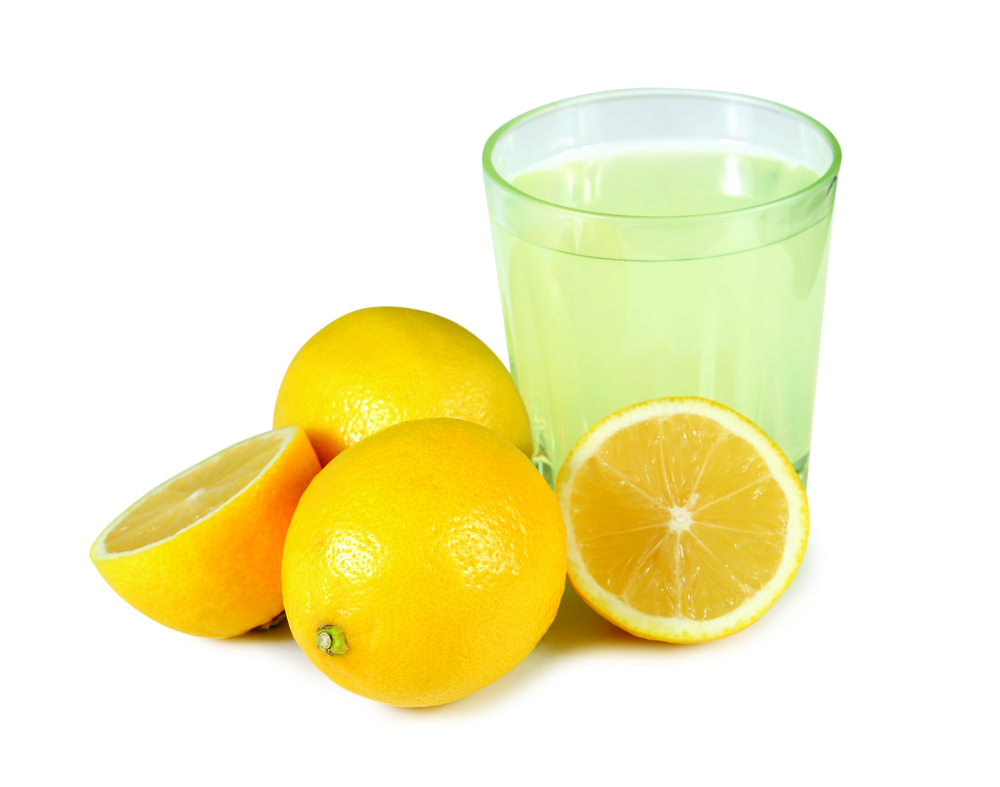
Lemon juice is another alternative for vinegar. Just like vinegar, lemon juice also has acidic properties in it. It can cut through toxic oils from the poison ivy and can prevent them from further infecting any skin area.
Just like vinegar, lemon juice is to be applied on the infected area as soon as possible after coming in contact with the poison ivy leaf. Just cut a lemon in 2 pieces and apply it immediately and it will kill the toxin from further damaging the skin.
4. Oatmeal

It is one of the most surprising and effective remedies for poison ivy. It relieves of the itch and also helps to speed up the healing process. It can be used in 2 ways.
- Grind 1 cup of oatmeal to powder form and then put that powder in a cheesecloth (or a cloth with net type texture) and knot it around the faucet of your bath tub such that the water from the faucet is filtered through the oatmeal to the tub. Then soak in it for about 30 minutes. Luke warm water helps even more.
- Cook some oatmeal and apply the thick paste to the infected rash area while it is still warm. Let it cool down and dry out before removing it. Adding baking soda to the paste can give you double advantages.
5. Potato
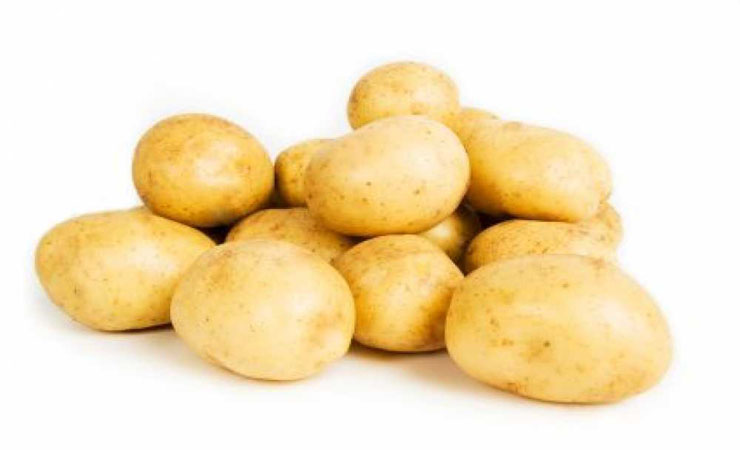
Potato is a well-known remedy for skin burn rashes and other inflammatory conditions like blisters as well. It is also helpful in poison ivy rashes as well. It is also almost always available in all homes so it most probably will also save you a trip to the market as well.
All you need to do is;
- Wash one potato. Do not wash it after cutting it.
- Cut it into small pieces. Peeling it is optional.
- Blend the potato in a mixer to make a paste.
- Apply the paste on the infected area and leave it to dry.
6. Banana Peel
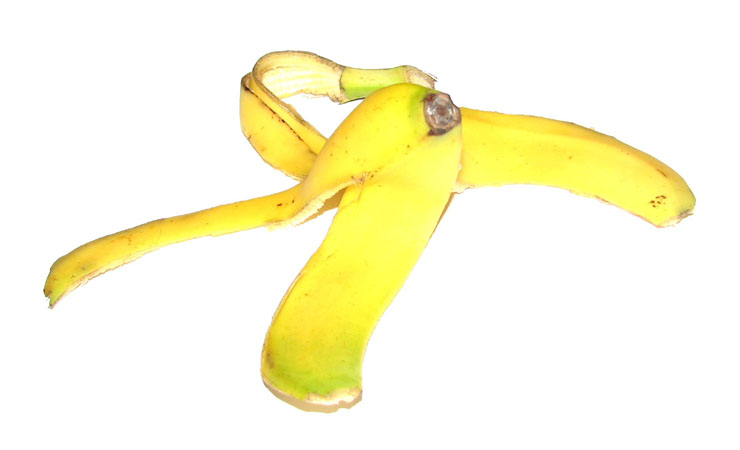
Now there are times when the rash starts to itch so much that you just cannot resist scratching the rash. The first recommendation in these conditions is to use one of the remedies above for soothing the pain, but if the poison has made a really deep rash and the remedies are not working for a very long period, or if you are someone who just cannot stay without scratching, there is a way for you to scratch without actually scratching.
Just take a banana peel, and rub the rash with the inner part of the peel to give you the sensation of scratching and at the same time avoiding any further damage.
7. Aloe Vera

One of the most ancient remedies for not just poison ivy, but for almost all kinds of problems is Aloe Vera. Aloe Vera juice is easily available in the markets and so is Aloe Vera gel. But for the best effects, plant an Aloe Vera plant in your house garden and use the gel from inside its leaves.
Apply Aloe Vera gel (or juice) directly on the skin where the rash has occurred and it will work magical wonders on the rash and it will heal a lot quicker.
8. Apple Cider Vinegar
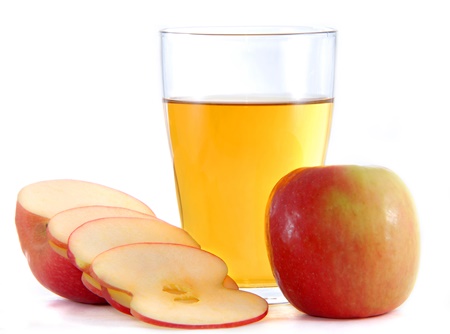
Vinegar has the capability of killing the poison, so it is most helpful if this remedy is done as soon as possible after getting in contact with a poison ivy leaf, to limit the damage caused by the urushiol poison. Although apple cider vinegar is recommended as it have many advantages, normal vinegar would do the trick just the same.
When you get infected, pour half a tea spoon of vinegar on the infected area and vinegar will pull out the toxins. Afterwards, you can soak a little vinegar on a cloth and apply it occasionally for the next few hours to completely remove the poison and prevent extreme rashes.
9. Baking Soda

One known sure cut way of speeding up the recovery of poison ivy rash is baking soda. This paste can perform miracles for you on the rash, although it might not help in the itching but we have given many other remedies for the itching.
To use baking soda:
- Mix 3 teaspoons of baking soda with 1 teaspoon of water.
- Apply the paste on the rash and leave it to dry.
- When it dries out, soda will flake off.
- Repeat it about 4 times a day.
- Alternatively, you can add half a cup of baking soda to your bath tub while taking a bath.
Don’t use baking soda if the rash is on or near the eyes.
10. Cucumber

Now on to the remedy that is famous for setting the healing of a rash in motion. Cucumbers have an effect of being cold and soothing and simultaneously help to build up skin cells. It is because of this reason that it is used for beauty treatments as well.
It is one of the simplest home remedies for poison ivy. Just mash up one peeled cucumber and apply the mashed paste on the infected area for instant relief. If you are feeling too lazy to peel and mash a cucumber, then just cut it up in slices and put the slices on the infected area.
11. Cold Compresses
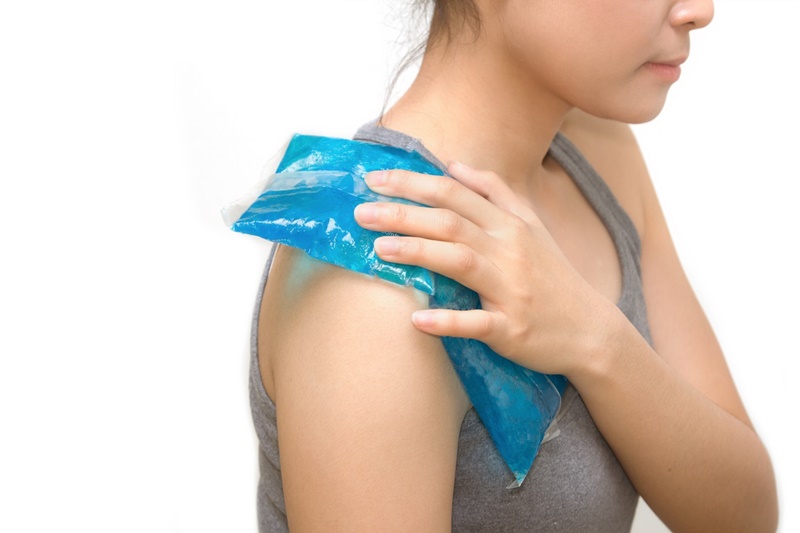
Another option to soothe out the pain is also important as you won’t sit under cold running water the whole day long whenever it starts to itch. Cold compresses are bags with a chemical compound that can be used both as a hot bag and a cold bag. They are very cheap and easily available. Just keep one in the freezer and whenever it starts to itch so much that you just cannot resist scratching it, put the cold bag on it and compress it to soothe the itching.
Alternatively, you can put a filled up water bottle inside the freezer and freeze it. Then, when you need it, you can put the bottle inside a towel and use it for cold compresses.
12. Don’t Scratch
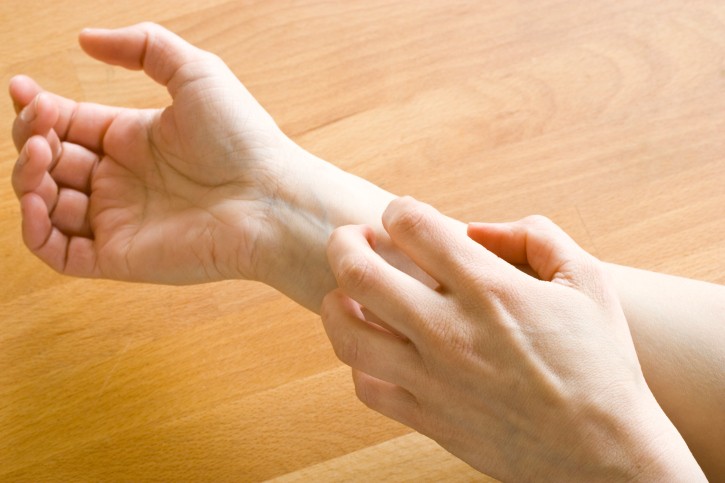
Another well-known action, about which you would already know, is one that is the most difficult and the most important. The first thing that scratching does is that it further damages the infected part of the skin which will temporarily ease up the itching (as damage to some body part makes that part to temporarily go numb) but will also destroy any progress in the healing process. The second thing that scratching will do is that it will spread out the poison that is still not washed out from the skin and it will increase the infected area. Since we don’t want any of these, please refrain from scratching no matter how hard it is.
13. Wash It With Water

One obvious remedy, but yet an important one to mention. Washing it contacted, infected area with water immediately after contact can limit the size and severity of the infection. This is obvious as water would wash away the poison to prevent any further harm. Simultaneously, water will also ease up the itching and pain for a little while. What you need to make sure of, is that you do not use hot water. Even as hot water is a solution to a lot of problems, it only makes matters worse in this case. The skin has become sensitive and it is not a good idea to irritate it any further.
Recommendations to get rid of Poison ivy:
Following are the steps need to be taken to get rid of poison ivy.
1. Immediate rinsing of the skin with warm water:
Immediately after coming in contact with the poison ivy, if you wash your skin thoroughly with water and also apply some soap over it, you can wipe some of the oil off your skin. Not washing the oil of may lead to contact with other persons and the poisoning may spread from one person to another and the oil while being on your body can propagate the rash on to other parts of your own body as well.
2. Give your clothing a thorough wash:
It is wise to wash the clothing after coming in contact with the poison. The oil can get stuck in the clothing and if not washed it can cause further rashes and present further problems to your skin.
3. Anything that comes in contact with the poison needs a wash:
In addition to washing your clothing, it is necessary that you also rinse everything that could have come in contact with the poison. Objects like your gardening tools, your golf clubs, leashes and interestingly your pet’s fur as well. It is very important that you wash your pet’s fur as we get in close contact with them and they can be very potential carriers of the poison. So try washing all your stuff that repeatedly comes in contact with plants with warm soapy water.
4. Scratching a rash is a bad idea:
Just like with any other rash, scratching your poison ivy rash is a bad idea. It can lead to skin lacerations and that can further progress to infections on your skin, thus worsening the problem.
5. Leave those blisters alone:
Poison ivy can lead to painful blistering. It is right to leave the blisters as they are. Avoid removing the fragile skin over the blisters as removing it can worsen the raw wound underneath and cause you to have an infection.
6. Take short baths with lukewarm water:
It is advised to take short repeated baths with lukewarm water when suffering from the rash. Ideally taking baths with an oatmeal preparation can help and the preparation is easily available at any drug store. In addition when you draw a bath, mixing some baking soda in water and then taking cool showers will also soothe the skin.
7. Apply calamine lotion or steroid cream:
It is recommended that calamine lotion be applied to the skin that itches. In case of a mild rash, applying hydrocortisone cream will also be effective.
8. Cold compresses to the itchy skin:
Take a clean wash cloth, dip it in water and jolt it a little so that it doesn’t drip. Apply this wet cloth onto the itchy rash skin so that it provides a cool and soothing effect.
9. Antihistamine pills are an option:
Antihistamine pills can reduce the itching. Caution has to be taken however in applying an antihistamine cream to the rash as it can cause the rash and itch to worsen. In general an antihistamine cream should be avoided.
In case the rash does not improve over a period of ten days or there is a suspicion that the rash has gotten infected, consulting a doctor preferably a dermatologist would be the right option. A dermatologist can efficiently treat the rash and alleviate the associate itch and the pain.
Poison Ivy Prevention:
Ivy poisoning can be prevented in two ways.
- Avoid the exposure to this poisonous plant.
- Protect and cover your skin when near these plants.
Tips
The most effective way is to clearly remember what a poison ivy leaf looks like (a 3 cornered leaf) and stay away from it wherever you see one. In case of contact;
- Mix some turmeric powder and salt, and apply it on the rash while it is fresh. Turmeric is known for its healing and anti-inflammatory properties.
- When there is no antiseptic in handy, wash the rash with some diluted 1/4th apple cider vinegar and let it be.
- Banana peels do not just help in healing the poison ivy rash but they are also know to heal other skin inflammatory problems like pimples and acne.
- Potato as well as banana peels help in dealing with scar tissues. Rub the peels on the scar thrice a day and be stupefied with the results.
- The best part about home remedies is that they are completely organic and have no harmful effects.
The above mentioned maneuvers are all recommended and can effectively help you get rid of the rash of poison ivy.

